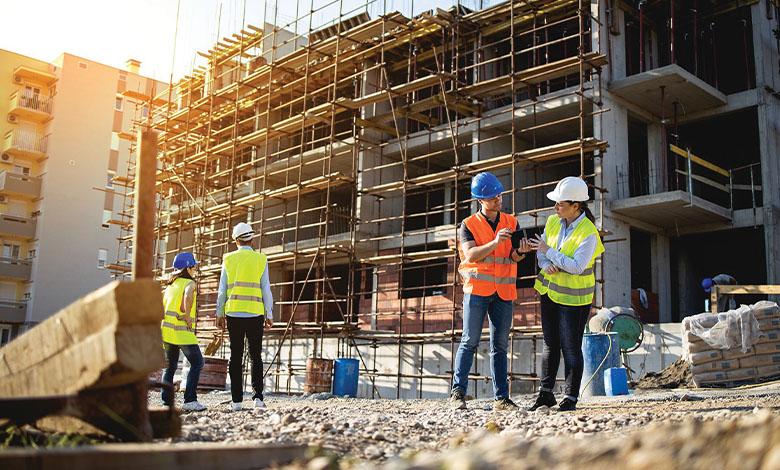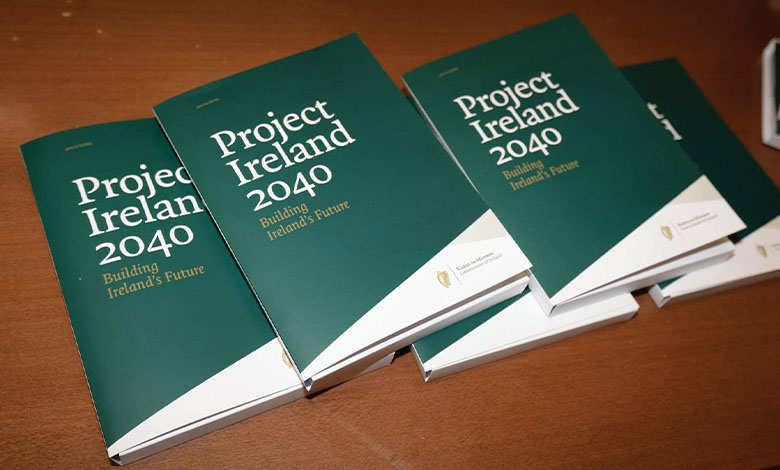
Publication of first NPF revision imminent
19th February 2024
Housing supply targets ‘understate need’
19th February 2024Construction outlook: Dissecting 2023 and expected trends in 2024

To best describe the current state of affairs of the Irish construction sector, the phrase “cautious optimism” comes to mind. Rhona Henry and Harry Healy of Matheson take a closer look at some key trends in construction throughout 2023 and what we can expect as we venture forth into 2024.
We also take a helicopter view of the types of transactions encountered in 2023, and those we expect to see emerging in 2024.
Emerging sense of optimism
For many in the construction industry, 2023 was a challenging, if not difficult, year. Cost and material inflation remained persistent challenges and Dublin office vacancy hit its highest point since 2013. Supplier stress and skilled labour shortages provided further headaches. However, as 2023 drew to a close, so too did the lingering sense of foreboding in the industry and a new sense of optimism has slowly and quietly emerged. CIF’s Outlook Survey for Q3 2023 saw over half of construction companies surveyed feeling positive about the health of the sector heading into Q4 and only 11 per cent feeling pessimistic. Similarly, a BNP Paribas report shows that business sentiment is at a seven-month high. Employment in the sector grew in December 2023, further demonstrating confidence in the industry.
Recent reports demonstrate legitimate reasons for this positivity. Euroconstruct have forecast that Irish Construction output will expand by 4.4 per cent in 2024 – the largest forecasted growth in Europe and the Banking and Payments Federation Ireland’s latest Housing Market Monitor estimates completion of 32,000 housing units in 2024, meaning the national target should be met, if not exceeded.
Arguably the largest contributor to a lacklustre 2023 was inflation and interest rates. However, the trends are slowly but steadily moving in the right direction. The Central Bank’s latest bulletin forecasts a gradual decline in inflation. This can be felt in the industry. Construction material prices moderated towards the end of 2023. Further moderation in material prices is expected through 2024, allowing developers to progress plans with relative certainty around costs.
What we saw (2023)
Despite many economic pressures being felt, 2023 nevertheless saw some noteworthy transactions take place. Multi-building and multi-use, campus style developments continued to progress. This progression was not restricted to residential but included commercial and retail spaces.
Forecasted multi-building developments are also beginning to work their way out of the difficulties encountered with the planning system. We also noticed an uptick in the refinancing of assets at the tail-end of 2023 particularly in the context of assets not yet completed or where the related defects liability period was still running.
What we foresee (2024)
With some improvement in availability of materials and more cost certainty, the 2023 growth in construction/development financing/re-financing is expected to continue in 2024. While this has been most noticeable, to date, in the residential and student-accommodation sphere, we have also seen steady work with respect to mixed-use space developments.
Fit-out/refurbishment and alteration projects look likely to be another feature of the market in 2024. The new challenges that are anticipated to arise out of the long-awaited revision of the Energy Performance of Buildings Directive will certainly be one of the drivers behind this growth. While not yet in force, this recast directive looks set to introduce more onerous regulatory efficiency standards for new and existing buildings in the EU and encourage member states to renovate their building stock. The main objective of the recast directive is to have all new buildings emission-free by 2030 and have the existing building stock transformed into zero-emission buildings by 2050. The latter of these objectives is set to be achieved by a gradual, bottom-up approach to improving the energy performance of existing buildings. This means the staged phasing out of the lowest scoring buildings over time. Property owners and tenants may well find themselves in a position where their property must be renovated or redeveloped to avoid the threat of becoming a ‘stranded asset’.
Keep calm and carry on strong
The future certainly looks brighter than it did during much of 2023. While inflation and supplier stress remain critical issues, we appear to be moving in the right direction. The forecasted growth in the industry is welcome. Nevertheless, challenges still lie ahead.
Matheson’s Construction and Engineering team look forward to once again engaging with clients and stakeholders this year. Should you have any questions in relation to anything discussed, please do not hesitate to contact a member of our team.

Rhona Henry, Partner and Head of Construction and Engineering, Matheson.
Rhona Henry, Partner and Head of Construction and Engineering, Matheson
T: 01 232 2110
E: rhona.henry@matheson.com

Alison Bearpark, Partner, Construction and Engineering, Matheson.
Alison Bearpark, Partner, Construction and Engineering, Matheson
T: 01 232 2218
E: alison.bearpark@matheson.com
Harry Healy, Construction and Engineering, Matheson
T: 01 232 2439
E: harry.healy@matheson.com
W: www.matheson.com







